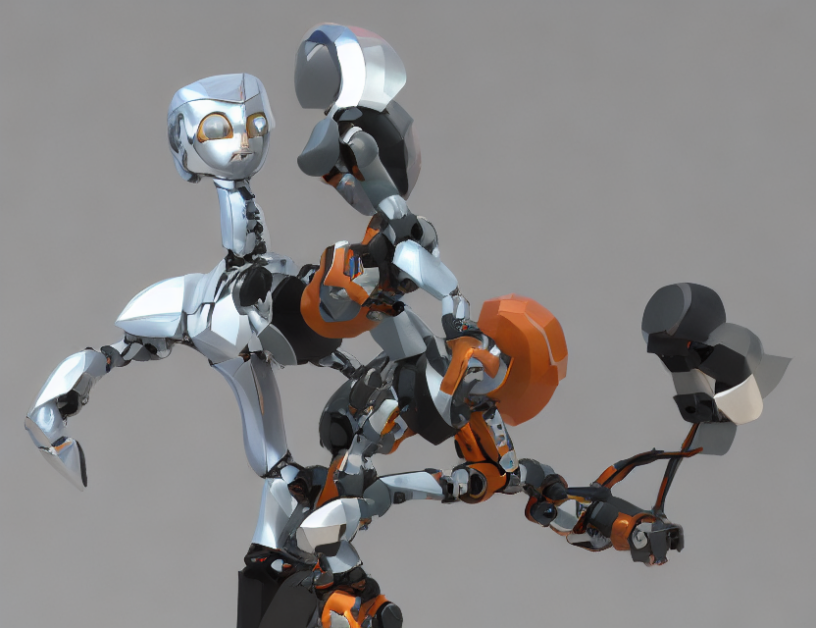In this article, we delve into the fascinating world of multi-contact robotics, where robots interact with their environment through multiple points of contact. This technology has numerous applications, from grasping and manipulating objects to navigating challenging terrain. However, controlling a robot’s movements in these situations is far more complex than in traditional single-contact scenarios.
To tackle this challenge, researchers have developed innovative methods that exploit the inherent flexibility of multi-contact systems. By leveraging the nullspace of the Grasp matrix, they can ensure smooth transitions between contact states and maintain continuity in contact wrenches. Safety is also a top priority, with physical limits enforced to prevent dangerous movements or violations of simplifying assumptions.
The proposed method relies on instantaneous optimization without considering future intentions, using nonlinear whole-body optimizations solved through SQP schemes with a single iteration per time step. This allows for quick convergence at high frequencies and responsiveness to input changes.
In summary, multi-contact robotics is a rapidly evolving field that holds great promise for revolutionizing various industries. By demystifying complex concepts and utilizing engaging analogies, we hope to provide a comprehensive understanding of this exciting technology. Whether you’re an expert in the field or just starting to explore its wonders, this summary is the perfect introduction to the fascinating world of multi-contact robotics.
Instantaneous Quasi-Static Optimizations for Humanoid Robot Control



